Laws and Initiatives
ITSCI implements and compliments many initiatives and regulations related to mineral due diligence
OECD Alignment Assessment in respect of the ITSCI Programme
An OECD Alignment Assessment is an independent evaluation of the extent to which the design (standards) and implementation of an industry programme is aligned with the recommendations that are set out in the OECD Due Diligence Guidance for Supply Chains of Minerals from Conflict-Affected or High-Risk Areas (OECD Guidance).
The OECD Alignment Assessment methodology is the accepted means by which the alignment of any industry programme against the recommendations of the OECD Guidance should be evaluated. The methodology has, for example, been enshrined in EU law. An Alignment Assessment establishes:
a) Whether key overarching due diligence principles have been incorporated into the design and implementation of the programme (Section A of the Assessment Tool).
b) Whether the programme’s requirements for companies and the implementation activities it undertakes itself are aligned to the specific recommendations of the OECD five-step due diligence framework (set out in OECD Guidance Annexes I and II as well as the supplements and assessed in Sections B and C of the Assessment Tool).
The ITSCI Programme participated in the first OECD Alignment Assessment which was piloted by the OECD and supported by KUMI Consulting. The OECD published the results of that pilot assessment in 2018 in which ITSCI was confirmed to have high alignment scores for both standards and implementation.
In 2023, ITSCI undertook a second independent OECD Alignment Assessment of the ITSCI Programme conducted by independent experts from Kumi Consulting. The Alignment Assessment report found ITSCI to be ‘Fully Aligned’ with the OECD Guidance, an improved result which reflected enhancements in the programme’s activities and implementation since 2018. ITSCI is pleased to be the first joint initiative to complete a second AA and the first to transparently publish the full report together with the assessor’s assessment tool.
ITSCI is committed to independent Alignment Assessments every five years to the latest available OECD methodology conducted by a credible, qualified, and independent third-party assessor. An Alignment Assessment provides an expert view of a programme’s processes, strengths and areas of improvement to avoid repeat evaluation by the programme’s members of core processes but does not replace company responsibility for reviewing scheme information.
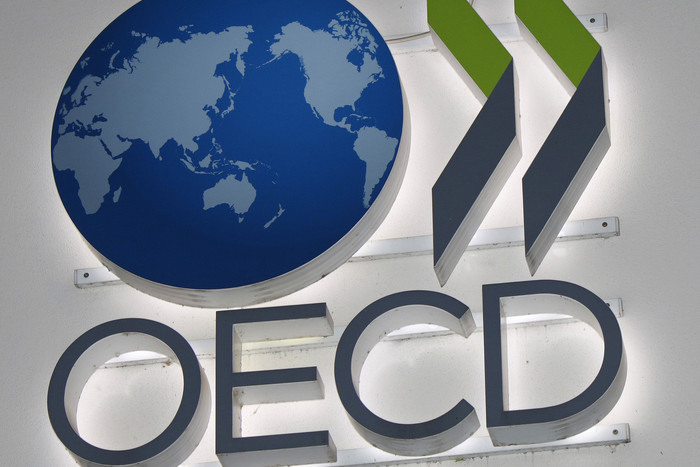
RMI recognition process 2023
In January 2023, ITSCI and RMI transparently clarified and confirmed a mutual understanding of engagement, process, and commitments regarding the RMI Recognition Process for ITSCI as an upstream mechanism. The ITSCI Programme then engaged in RMI recognition according to that ITSCI-RMI shared Understanding, which clarifies the RMI Recognition Process as it relates to ITSCI.
To that end, ITSCI made significant efforts to complete all expected actions to achieve RMI recognition as laid out in that Understanding by;
- Undertaking an Alignment Assessment (AA) by a credible, qualified, and independent third-party assessor to the OECD methodology with extensive stakeholder interviews
- Transparently publishing the independent AA report and tool with clear descriptions of how the AA was perfomed, ITSCI’s activities, and detailed assessor findings
- Inviting RMI to the alignment assessor’s presentation to the ITSCI Stakeholder Group to discuss results and ask clarification questions which were clearly answered
- Providing a Non-Disclosure Agreement which RMI and ITSCI have signed
- Providing ITSCI incident information to RMI on a significantly accelerated timescale, including sample incident alerts and incident summary tables
The ITSCI Alignment Assessment 2023 provided independent confirmation that ITSCI is ‘Fully Aligned’ with the OECD Guidance. In the Understanding, RMI confirmed that thresholds for ITSCI and future upstream mechanism recognition are equivalent to OECD methodology alignment thresholds and that any threshold that differs from the OECD methodology will not be required for recognition.
Nevertheless, following completion of the above actions, RMI communicated additional requirements for recongition stated to be in connection to definition of scope. While not explicitly listed in the Understanding, ITSCI has published two further documents in a good faith effort to finalise recognition through promoting transparency and understanding of the ITSCI Programme;
These documents have been shared with ITSCI members as general guidance and are publicly available for stakeholders, including for use by RMI. ITSCI also remains committed to publicly communicate about progress on actions addressing opportunities for improvements through annual reports or other communication means as appropriate.
ITSCI considers that any further terms of recognition which RMI may seek to apply are not relevant. In particular noting the agreed principle laid down in that Understanding that “ITSCI and the RMI retain full control and responsibility for their own governance, management, decision-making and operations and recognition does not provide or imply any control for one initiative on the other.”
In early January 2024, ITSCI shared with RMI a draft Supplement to the January 2023 ITSCI-RMI shared Understanding with the aim of agreeing supplementary clarification for the purpose of fully defining and implementing the RMI Recognition Process as it relates to ITSCI. The Supplement seeks to further clarify general principles related to recognition overall, RMI terms for ITSCI recognition, as well as commitments from both organisations to enhance transparency, cooperation, and communication. As of 1st March 2024, ITSCI remains hopeful of receiving complete feedback on this Supplement, which RMI committed to share with ITSCI, to enable a constructive discussion and resolution.
Following any RMI recognition of ITSCI, ITSCI will continue to engage with RMI Recognition according to our shared Understanding, existing NDA and any agreed Supplement.
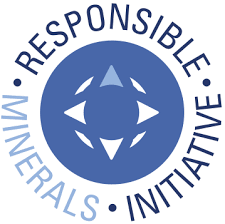
OECD Due Diligence Guidance (2016v3)
The OECD Due Diligence Guidance for Responsible Supply Chains of Minerals from Conflict-Affected and High-Risk Areas was developed in 2010 by a multi-stakeholder working group of industry, government and civil society members. The guidance is a series of voluntary recommendations for companies which suggest how management systems, source and risk information, audit and transparency of reports can make sourcing in higher risk areas possible and sustainable. This is explained in ‘5 steps’ which become necessary if an initial ‘red flag’ assessment highlights concerns or uncertainty.
The Guidance is flexible and can be adapted as appropriate to local situations and company size but envisages that the standards outlined in Annex II of the Guidance will be adopted by the supply chain. The focus of the Guidance is avoiding contributing to human rights abuses, conflict or other risks such as money laundering. The OECD Guidance is referred to, or is the basis of, national legislation on minerals in many jurisdictions.
The International Tin Association contributed to the drafting of the guidance and remains on the OECD Multi-Stakeholder Governance committee to date. The Guidance has remained generally unaltered since original publication but was updated in 2016 in order to emphasise that due diligence is expected on all minerals, in all areas of the world, not only for 3T’s from Africa. There are many schemes which claim to apply due diligence across various industries but not all have been assessed. A detailed independent assessment by the OECD recently concluded that the standards of the ITSCI Programme are 100% aligned with the 5 Step due diligence recommendations, which you can find here.

EU Minerals Due Diligence Regulation 2017
Regulation (EU) 2017/821 of 17 May 2017 brings into force supply chain due diligence obligations for EU importers of tin, tantalum and tungsten and their ores originating from conflict-affected and high-risk areas (CAHRA’s) which are defined as; ‘areas in a state of armed conflict or fragile post-conflict as well as areas witnessing weak or non-existent governance and security, such as failed states, and widespread and systematic violations of international law, including human rights abuses’.
The objective is to encourage responsible sourcing by companies in the EU, although it only applies mandatory actions to upstream and some downstream imports(for example alloys and chemicals), leaving due diligence by downstream product manufacturers and importers voluntary. The main requirements will apply from 1 January 2021 and are based around the OECD Guidance although with a different CAHRA definition. Importers of the products in the table below will need to report to the authorities the source of their metals, provide an assessment of the CAHRA status of the source, and a relevant audit report. Some expectations of this regulation would be automatically accepted as fulfilled in the case of companies who are particpants in an industry programme such as ITSCI, aligned with the OECD Guidance.
Dodd-Frank ‘Conflict Minerals’ Law (1502)
In 2010, President Obama signed the Dodd-Frank Wall Street Reform and Consumer Protection Act (DF) into Law. One section (1502) of DF requires US companies who report to the US Securities and Exchange Commission (SEC) to disclose whether the columbite-tantalite (coltan), cassiterite, wolframite or gold used to make their products may have funded armed groups. DF 1502 defines the mining area of concern to be the DRC and all adjoining countries which tended to lead to downstream companies avoiding all purchases from the region and a de-facto embargo, even of traceable conflict-free minerals.
DF 1502 is implemented by the SEC which published reporting rules on 22nd Aug 2012, however, there have been significant efforts to push back some of the conflict minerals provisions and in April 2017 the SEC suspended enforcement of part of the ‘conflict mineral’ rule. The controversial identification of ‘DRC conflict free’ is also unnecessary. Relevant Specialised Disclosure (SD) filings of US companies can be searched at the SEC EDGAR Facility.
While many US downstream companies rely on audits of smelters by the Responsible Minerals Assurance Process (RMAP, previously the Conflict-Free Smelter Program CFSP) or equivalent systems, some also make their own checks on incidents reported by ITSCI and other NGO sources by directly engaging with us. Information on DF related incidents are provided to Associate ITSCI members.
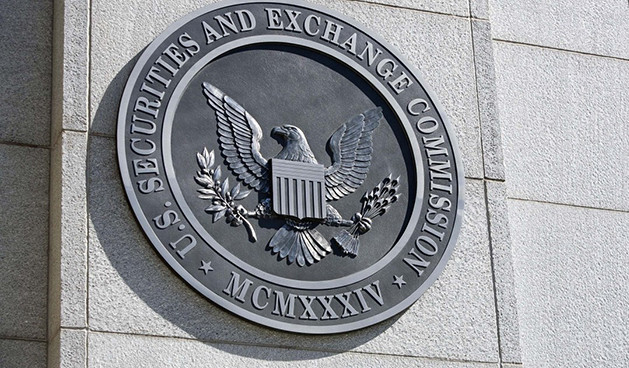
Responsible Minerals Assurance Process (RMAP, previously CFSP)
The Responsible Minerals Assurance Process (RMAP) is a smelter auditing program, previously known as the Conflict-Free Smelter Program (CFSP), which was developed by the Electronic Industry Citizenship Coalition (EICC) and the Global e-Sustainability Initiative (GeSI) in 2009. It is now part of the Responsible Minerals Initiative (RMI). As the CFSP, audits were conducted with a focus on Dodd Frank requirements and high risk areas limited to DRC and adjoining countries. More recently, the RMAP is being revised to align more closely with the OECD Guidance. Smelters found to be compliant are listed publically although there are no details of the audit findings available. Downstream companies base their evaluation of risks in the supply chain on smelter listings. Minerals monitored and traced by ITSCI are almost always delivered to CFSP compliant smelters unless better commercial terms are available elsewhere.

ICGLR Regional Initiative against the Illegal Exploitation of Natural Resources (RINR)
The International Conference on the Great Lakes Region (ICGLR) was created in 2002 to promote peace in the African Great Lakes Region through an inter-governmental process. One challenge recognised related to mineral trading and the Regional Initiative against the Illegal Exploitation of Natural Resources (RINR) was established to fight this. The RNIR has six tools; legislative harmonisation, whistleblowing, regional minerals flow database, implementing EITI, formalisation and the Regional Certification Mechanism (RCM). Although supported by several donors, the implementation of the RINR has been challenging.
Within the RCM the burden of proof falls primarily on exporters, secondly on Governments, although designed for implementation by government as the primary actors. This contrasts with the focus of the OECD Guidance and ITSCI on responsibility of supply chain operators with support of government agents. RINR and ITSCI have a common objective of limiting the ability for armed groups to source financing from the production and trade of minerals and our Memorandum of Understanding recognises synergies between the two initiatives, and, that ITSCI is recognized as suitable for use within the framework of the RCM. The implementation of ITSCI on the ground has provided the traceability for the issuance of ICGLR export certificates.
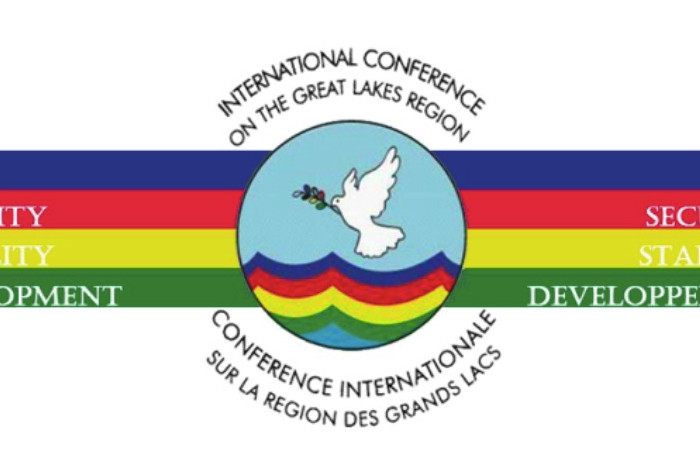
BGR Analytical Fingerprinting approach (AFP)
The German Federal Institute for Geosciences and Natural Resources (BGR) has been developing the Analytical Fingerprint (AFP) approach since 2006. AFP refers to scientific test methodology that can be used to check the otherwise documented origin of minerals, which is designed as an optional and additional origin assurance mechanism that can support day-to-day traceability. AFP aims to compares a mineral sample from a test lot to reference samples from the declared origin which are stored in a database using characteristic geochemical features and complex specified statistics. BGR aims to make AFP available in central Africa between 2011-2019 through transfer of skills, technology, and management. The AFP has not yet been used to verify mineral sources for businesses.
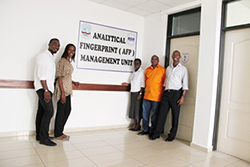
BGR Certified Trading Chains Initiative (CTC)
The Certified Trading Chains (CTC) approach of the German Federal Institute for Geosciences and Natural Resources (BGR) was developed in 2007-2008, implemented at a pilot scale in Rwanda in 2009-2011, and, in the DRC between 2009-2016. The objective was to certify ‘ethical’ production and trade, while acknowledging challenges arising from artisanal mining. The design of CTC emphasised process rather than demanding unachievable performance targets but comprised of quite an extensive number of certification standards relating to the principles of; Traceability and Transparency, Labour and Working Conditions, Security, Community Development and Environmental Protection. ITSCI is an accepted approach under the traceability component. A small number of CTC audits have been reported in the past.
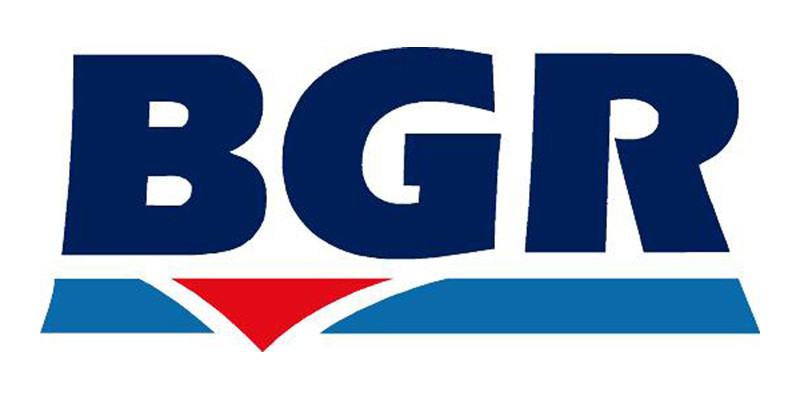
Other Initiatives using ITSCI
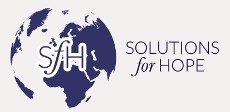
Solutions for Hope, Katanga
several shipments of tantalite in 2011

Conflict Free Tin Initiative, the Kivu provinces
breaking the de-facto embargo in 2012
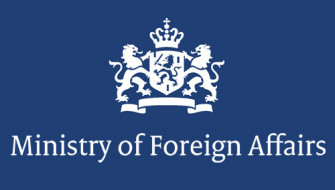
Scaling Up Traceability, Great Lakes Region
bringing mineral trade opportunity to all
